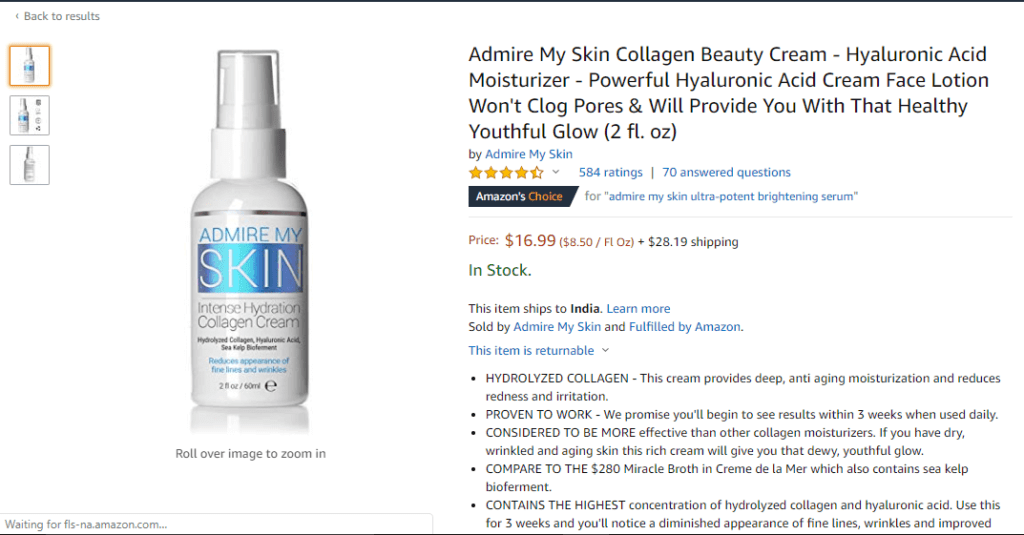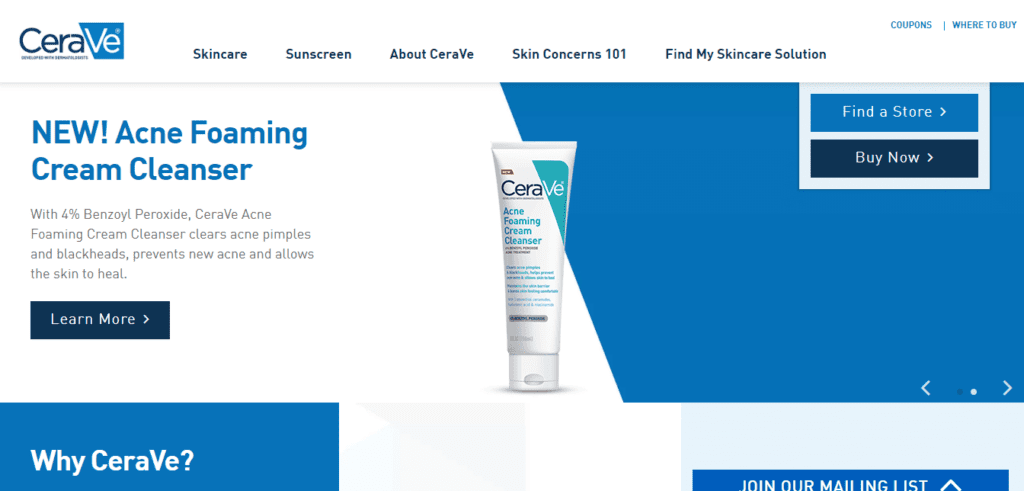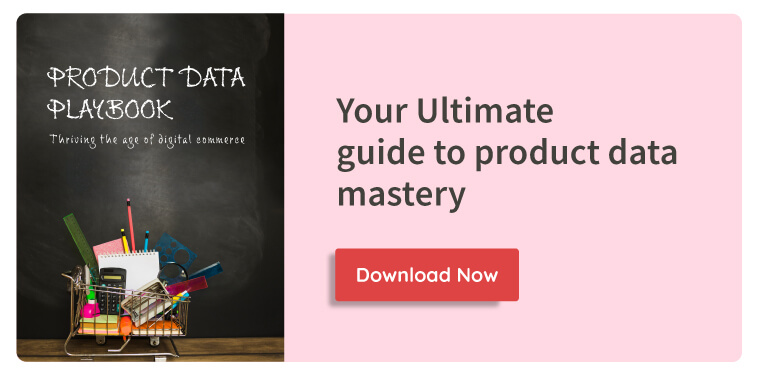I’m a shopping junkie. It was almost impossible for me to not browse through products while working, eating, or even when I was half asleep.
But, I abandoned the attitude of worthless buying a couple of months ago to imbibe the idea of minimalism. On the contrary, online shopping is a testament to the millennial living – there’s a deep level of symbiosis between humans and online shopping, a theory that finds its roots down to the dotcom crash. Today, there’s an increasing dependency on meeting essentials through ordering online – groceries, food, clothes, and other basics.
Being a writer and marketer of software solutions that facilitate eCommerce businesses, my appetite for understanding the psychological impact of product data on purchase behavior has increased multifold.
If you’re a shopaholic, a believer of minimalism, or driven by the idea of savings, here’s the truth – if product data is impressive enough, you’ll fall irretrievably in love with it.
This article sketches out 5 reasons customers love product data. Grab a popcorn before you start, it’s going to be fun.
1. Has an interesting personality
The first quality you’d look for in someone you are in love with is their personality. Product data is the perfect match with its chic looks, charm, and intelligence. Instead of giving bogus and boring data, when information is presented in a charming manner customers will fall for it.
Customers are bombarded with a lot of information from multiple vendors for the same product. Your marketing efforts will begin to reap solid yield only when you strongly differentiate with storytelling tactics thereby giving a compelling reason to buy. There were times when Johnson & Johnson was almost synonymous with the generic term baby powder. The brand was able to create such an impact with brilliant advertising and brand stories.
Another interesting example is that of Saint Gobain’s. I’m sure you’d be familiar with this television ad, but before we analyze it view the video and reminisce.
This is the wittiest of all times, isn’t it? By addressing your customer pain points, product benefits, and features in a creative and easily consumable format, selling should not be very difficult. As for our product data on the page, conversion and customer engagement will glide through easily when content is personalized and comprehensive.
I have a complete break down of all essential elements of product data with useful tips and tricks in this ebook, ready for download.
2. Helps them when they’re confused
When you have to make a decision, your loved ones talk you through the pros and cons of the choice and help you wipe out the confusion. Product data is that person to a confused buyer. To better explain this, let me take you through a typical buying journey.
Before we get into this, let’s consider that the customer trusts Amazon and performs this search query on Amazon rather than on the search engine (basically skips the primary level of research).
A naive prospect who is battling dry skin issues performs a search query on Amazon. The query is “best moisturizer for dry skin”. Now, there are multiple brands competing for this search (duh!) but the one with compelling information makes the cut.
After scrolling through a variety of options, let’s say the buyer shortlists the following two products.


Both of these products have a good wealth of information. Neat.
But, that alone is not enough. The buyer is still confused about which product to choose as they both have similar claims. Once the buyer moves past the awareness stage, next comes evaluation. While product data on-page helps in shortlisting, for a product as sensitive as in the skincare range, the buyer would want to evaluate the best one. The behavior of the user could be further analyzing reviews, ratings, and prices. Another option would be to do a search comparison with queries like “ CeraVe VS Admire my skin” or visiting the brand website for more information.
Interestingly enough, CeraVe seems to be concerned about the buyer and has made efforts to educate them. With educative content, CeraVe has made efforts to clarify the buyer of any concerns and reaffirmed them of any doubts.

3. Assures them during insecurities
A buyer feels insecure about a lot of things. Particularly while buying online, the trust issues begin to bubble up as there is no touch and feel of the product, unaware of return policies, fear of receiving the product without delay and damage, information on refund policies, and more.
A good product catalog anticipates and addresses all the customer queries on the product page itself. It must include these nitty-gritty details to help the buyer feel assured and quickly make a purchase decision.
But on the flip side, customers might have thousands of questions all of which cannot be accommodated on the product page itself.
This is why many eCommerce companies are adopting the concept of conversational commerce – conversing with the customer using technology such as speech recognition, NLP, and artificial intelligence. For instance, selling through Instagram handles or through Facebook eCommerce pages is online selling too. These social channels facilitate any customer query or insecurities through quick DMs. While Instagram has the messaging feature integrated into the app itself, Facebook has the “Whatsapp it to me” feature integrated.
4. Guides them in the right direction
Product data includes educative and informative content in the form of user guides that help buyers navigate through the purchase with additional information. 61% of U.S. consumers have made a purchase based on a blog post. For complex products involving technical details, buyers seek details to make a purchase decision.
You can create a variety of content some of which can be posted on the product page itself and others on the company website. The content can be in the form of blogs, ebooks, infographics, how-to’s, youtube videos, tutorials, and more.
This requires a lot of consistent efforts, but the benefits could be great for your brand and business so much that it could be a love story that lasts forever!
5. Loyal, loving, and always there
Product pages make a lot of promises – quick delivery, discounts, easy return policies, free deliveries, and more. Making these promises and sticking to it would build customer loyalty.
Wrapping Up
Customers crave information and are always on the look for more. Keeping your product pages rich with information helps you build trust, credibility, and improve conversions.
When you sell thousands of products, managing and enriching this information manually becomes a tedious task. A PIM solution helps you create clean, comprehensive, and compelling product catalogs that will make your customers love your products.
If you need help in managing product experience, reach out to us!


![eCommerce PIM: A Comprehensive Guide [Meaning, Benefits, & Popular Tools] pim for ecommerce](https://www.pimworks.io/blog/wp-content/uploads/2023/12/image-10-370x245.png)
1 Comment
I’m no longer positive where you are getting your information,
but good topic. I needs to spend a while finding out more or figuring out more.
Thanks for fantastic info I was searching for this info for my mission.